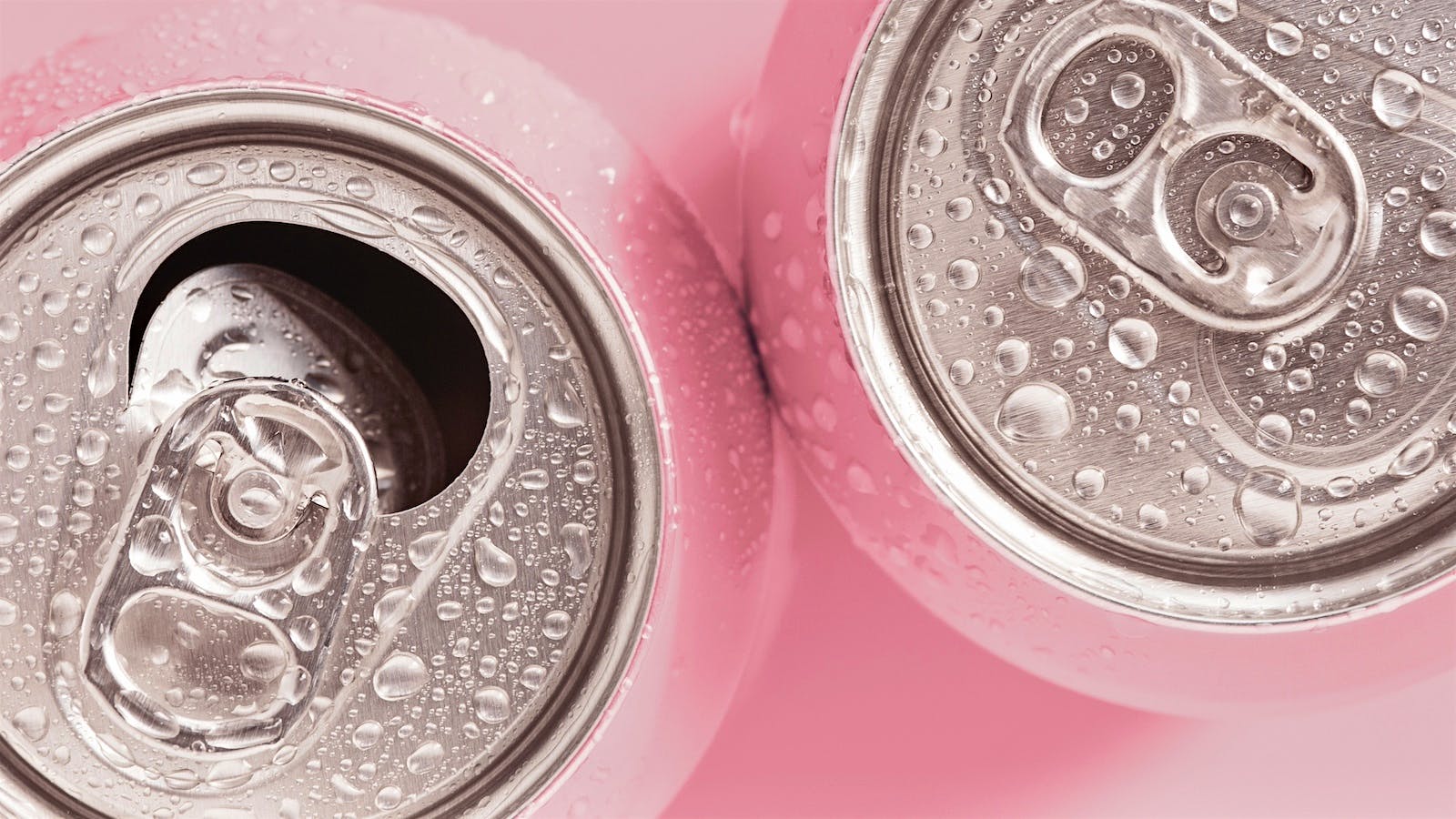Products You May Like
Canned wine is the fastest-growing segment of new wine container innovations on the market, with their lightweight convenience, creative designs and recyclability all appealing to younger consumers. Sales are especially strong in spring and summer, when outdoor social events favor easily accessible, single-serving vessels over the classic glass bottle.
But as canned wine becomes increasingly popular, a marketing problem looms. Some consumers have started reporting a rotten egg smell when their can was cracked open. While the beverage itself didn’t seem to be affected, these reports caused concern among producers who had chosen cans over bottles for their wines.
A coalition of New York wineries enlisted the help of the food science department at Cornell University’s College of Agriculture and Life Sciences. Two of the college’s professors, Dr. Gavin Sacks and Dr. Julie Goddard, took on the case in 2018, and their team has since published multiple articles in the American Journal of Enology and Viticulture on their findings, most recently in February 2024. Not only have Sacks and Goddard’s team found out why some canned wines smell, but they have also been developing new materials to help cans preserve wine correctly.
Cracking the Case of Rotten Eggs in Wine Cans
The first step for Cornell’s research team was to figure out what about the cans caused the wine inside to develop an acrid smell. Winemakers already reported that the wines were of good quality when not stored in cans. When the team started working with the canning manufacturers used by the wineries, they were able to home in on the problem.
No chemical compounds in soda and beer are known to react with aluminum. But wine often contains approximately 0.5 to 1 parts per million (ppm) of sulfur dioxide (SO2), which in these small amounts is a useful and untraceable compound to combat oxidation. It is sometimes added as a preservative, but is also naturally produced during fermentation.
![Samples of wine are lined up around a centrifuge at a Cornell University lab ]](https://mshanken.imgix.net/wso/bolt/2024-05/ns_canned_wine_cornell1_053024_1600.jpeg?auto=compress,format,&sharp=5&vib=20&q=70&w=320 320w,https://mshanken.imgix.net/wso/bolt/2024-05/ns_canned_wine_cornell1_053024_1600.jpeg?auto=compress,format,&sharp=5&vib=20&q=70&w=320 640w,https://mshanken.imgix.net/wso/bolt/2024-05/ns_canned_wine_cornell1_053024_1600.jpeg?auto=compress,format,&sharp=5&vib=20&q=70&w=384 768w,https://mshanken.imgix.net/wso/bolt/2024-05/ns_canned_wine_cornell1_053024_1600.jpeg?auto=compress,format,&sharp=5&vib=20&q=70&w=828 828w)
Little did winemakers know that when SO2 is in extended contact with aluminum, a chemical reaction takes place, creating hydrogen sulfide (H2S), a known culprit behind rotten-egg aromas in liquids. “We noticed that in wines with more than 0.5 ppm molecular SO2, we had sizable increases in H2S, the rotten egg smell, within four to eight months,” said Sacks in a press statement.
How to Avoid a Funky Canned Wine
Once the problem was isolated, the team was able to make immediate suggestions to winemakers on how to combat the smell issue. But there was concern with removing SO2 from wines completely, as the potential for both oxidation and microbial growth would increase, and the last thing winemakers wanted was a spoiled wine in the can.
“We [started out with] suggesting that wineries aim on the lower end of what they’re usually comfortable with,” said Sacks. “Yes, there’s going to be the chance of having more issues of oxidation. But the good news is that cans provide a hermetic seal. They’re not likely to let in any air, if the canning is done properly, which is why brewers love them. It’s great for preventing oxidation.”
Sacks and his team also noted that there could be a consumer-preference component to the smell issue. “Molecular SO2 levels are typically lower in red wines than in white wines,” noted Sacks. “There is an irony to molecular SO2 being the smelly culprit for canned wine. Because consumers generally associate cans with less expensive and less serious wines, many companies don’t put their red wines in cans. If you go to a store, you’re far more likely to see sparkling wines, white wines, rosés in cans, but unfortunately those are the products that are more likely to have issues.”
Some Polymer with Your Prosecco?
So what has the Cornell team come up with to combat the SO2 issue? The answer may surprise you: plastics. This may seem antithetical to the convenient recyclability of cans, but with new funding from the U.S. Department of Agriculture’s National Institute of Food and Agriculture, the team is designing and testing recyclable, food-grade polymers that, when applied to the lining of an aluminum can, may do a great deal to prevent the chemical reaction that causes H2S to form and also keep canned wine stable in storage for extended periods of time.
Sacks and Goddard brought in Dr. Héctor Abruña, a professor of chemistry in the College of Arts and Sciences, to help with the design of these can liners, with a specific focus on maintaining recyclability, keeping manufacturing costs low and preventing other chemical reactions from occurring with the wine. While the research is still ongoing, the team is committed to improving the state of cans for wine.
“I thought aluminum cans were boring until I started working on them,” said Sacks. “The current generation of wine consumers coming of age now, they want a beverage that’s portable and they can bring with them to drink at a concert or take to the pool. That doesn’t really describe a cork-finished, glass-packaged wine, but it describes a can very nicely.”
Stay on top of important wine stories with Wine Spectator’s free Breaking News Alerts.
